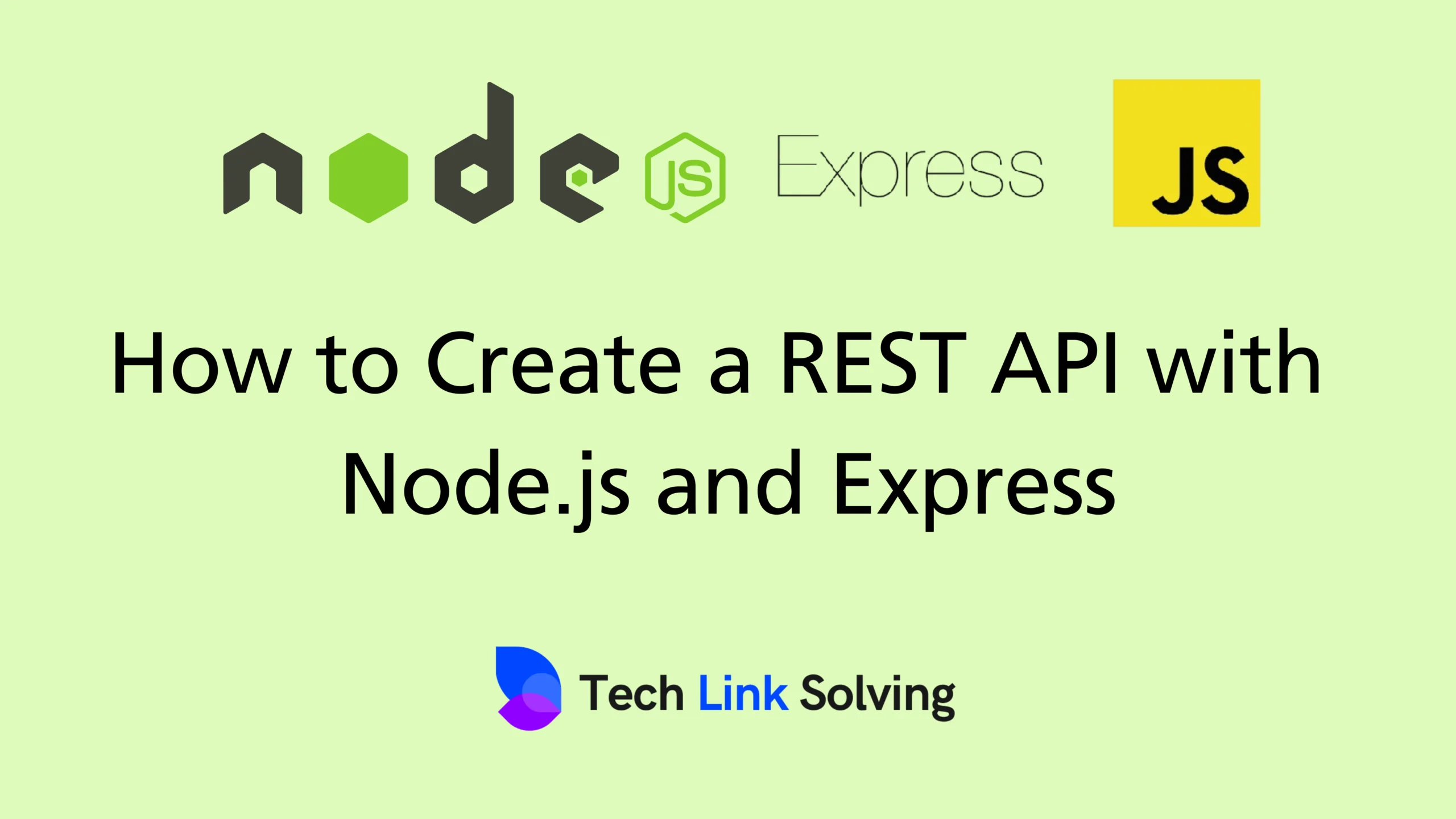Creating a REST API with Node.js and Express is a fundamental skill for modern web developers. It allows you to build scalable, maintainable, and efficient backend services. In this guide, we’ll walk you through the process of setting up a simple REST API using these technologies.
What is a REST API?
A REST API (Representational State Transfer Application Programming Interface) is a set of rules and conventions for building and interacting with web services. It uses standard HTTP methods such as GET, POST, PUT, and DELETE, allowing different software systems to communicate over the web.
Why Use Node.js and Express?
Node.js is a powerful JavaScript runtime that allows you to build server-side applications. Express is a minimal and flexible Node.js framework that provides a robust set of features to build web and mobile applications. Together, they offer a fast and efficient way to create a REST API.
Step-by-Step Guide to Creating a REST API
Step 1: Setup and Installation
- Install Node.js and npm: Ensure you have Node.js and npm (Node Package Manager) installed on your machine. You can download them from Node.js official website.
- Create a New Project:mkdir my-rest-api cd my-rest-api npm init -y
- Install Express:npm install express
Step 2: Create the Express Server
Create a file named index.js and set up the server:
const express = require('express');
const app = express();
const port = process.env.PORT || 3000;
app.use(express.json());
app.listen(port, () => {
console.log(`Server is running on port ${port}`);
});
Start the server:
node index.js
Your server is now running on http://localhost:3000.
Step 3: Define Routes for the REST API
Define the different routes for your REST API:
GET Route (Retrieve Data):
app.get('/api/items', (req, res) => {
res.send([{ id: 1, name: 'Item One' }, { id: 2, name: 'Item Two' }]);
});
POST Route (Create Data):
app.post('/api/items', (req, res) => {
const newItem = { id: Date.now(), name: req.body.name };
res.status(201).send(newItem);
});
PUT Route (Update Data):
app.put('/api/items/:id', (req, res) => {
res.send({ id: req.params.id, name: req.body.name });
});
DELETE Route (Delete Data):
app.delete('/api/items/:id', (req, res) => {
res.send({ message: `Item with id ${req.params.id} deleted` });
});
Step 4: Test Your API
You can use tools like Postman or Curl to test your API endpoints. For example, to test the GET route, you can send a GET request to http://localhost:3000/api/items.
Step 5: Error Handling and Validation
To make your API more robust, add error handling and input validation:
Error Handling:
Add a middleware for handling errors:
app.use((err, req, res, next) => {
res.status(500).send({ message: err.message });
});
Input Validation:
Use middleware to validate incoming data. For example, you can use libraries like joi for schema validation.
Conclusion
Creating a REST API with Node.js and Express is a straightforward process that enables you to build scalable and efficient backend services. By following the steps outlined in this guide, you can set up a simple REST API and expand it with additional features like authentication, database integration, and more.
For more tutorials and tech insights, stay tuned to Tech Link Solving. Happy coding!






